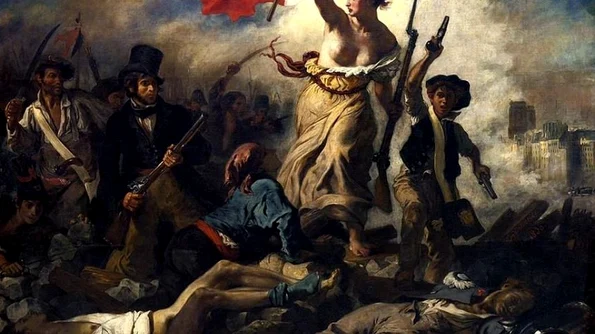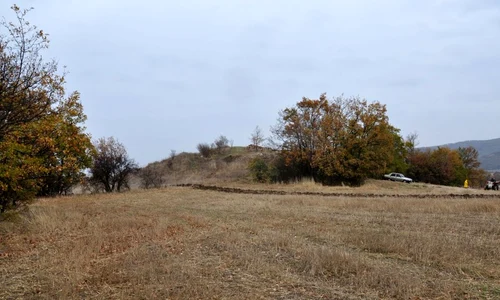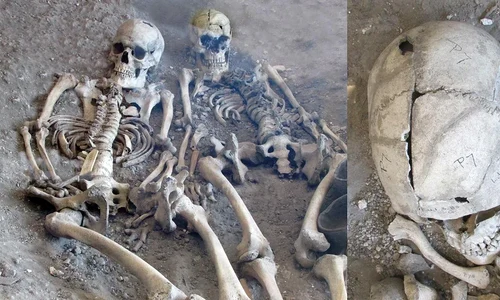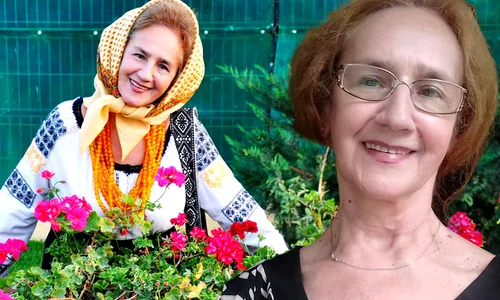
What’s the point of national symbols?
As we have everyday habits and routines that help us shape some kind of personal continuity and wholesomeness, ideological habits such as displaying and making use of various national symbols and myths contribute to cementing the idea of a nation as a tangible and homogeneous reality.
In 1995 Michael Billig wrote a book named “Banal Nationalism”, stating that “ideological habits, by which nations are reproduced as nations, are unnamed and thereby unnoticed. The national flag hanging outside a public building in the United States attracts no special attention. Having no name, it cannot be identified as a problem. Nor is the daily reproduction of the USA a problem”. In other words, nationalism is not just a phenomenon occurring explicitly in ‘hot’ situations, such as political clashes, armed conflicts or attempts from various political groupings to pose as distinct nations. We also have the symbolic patterns by which nations tend to reproduce themselves and these are not really that contested or even given much thought. Therefore ‘banal’, a nationalism that refers to processes and object we come across very often that are meant to reinforce a sense of identity.By constant repetition, they acquire a subliminal nature and we tend to neglect them.
These can be however associated to very powerful institutions, like intelligence services or state forces. So what examples can we think of? Most common are flags, many times found everywhere in some countries like the US. We notice them hoisted on all kinds of public institutions throughout vast landscapes, acting as enforcers of the sense of national belonging. Another example can be that of sports’ events, where again we can notice a display of various symbols, on kits or shirts, and furthermore gatherings of peoples acting as national audiences cheering for their teams.
Currency is again something to ponder upon, since notes and coins carry national symbols and characters, like the Queen’s head on the 20 pound note or Benjamin Franklin on the 100 dollar bill. Newspapers can sometimes be imbued with nationalism either in titles, like USA Today or Rossiyskaya Gazeta, or more frequently the distinction between home and foreign news, where the former becomes part of the local narrative. Such examples of banal nationalismare to be encountered in Billig’s book.
The author draws attention to the fact that this is a neglected aspect, because most of the times we focus on very direct, explicit forms of nationalism, connected to regional self-determination and security. But it’s not all about political challenges and emotional discourses that can degenerate into extremism, because on a daily basis we are dealing with such simple, yet ideologically charged matters that also reproduce and maintain an idea of nationhood. Due to the journalistic focus on extremist nationalism, the common strain of nationalism, moderate and hidden, is obscured, although it can constitute a powerful ideology, a basis for many actions and discourses.
Banalities like currency or flags can be perceived as reminders of our belonging, they bring nationalism into everyday life via symbols and rituals. When there’s a competition, we remember and pinpoint the shared nationality with the country’s representatives, although we share no immediate connection to them. We should bear in mind the term “imagined community” to describe this situation:nation as a social construction. And the nation-state is somehow naturalized, offered as a given state of affairs not only via politics, but also by means of the everyday where we take part in the organization of society. Moreover, as Billig states, “national identities are rooted within a powerful social structure, which reproduces hegemonic relations of inequity”, so we should reflect more when states discuss about actions taken for the sake of ‘national interest’.
This thesis can be criticized though, since it somehow ignores what people themselves do with the symbols served to them, how and if they do build up a sense of identity using them or how they utilize them in broader contexts. People can resort to other types of identities, regional or other, and the so-called national identity is rather something permanently negotiated, contested, appropriated. And let’s not forget about globalization, that coexists with national models that can be stable for some time but get destabilized as well. Secessionist movements like the Kurdish one or regionalized nationalism like that in Scotland are also part of the landscape, so we have to look into what triggers these destabilizations and implicitly what maintains structure.
What our author recommends is not to forget to take into account the unnoticed elements that serve to underpin the nation-state in a more unconscious way, to ruminate a bit over themarkers of national identitythat surround us and inculcate us a group feeling. And a further question here:are they at all important and when? How do we react to them?
***Banal nationalism=everyday representations of the nation which build a shared sense of national belonging (like press, clubs, events, songs etc.)
Recommended:M. Billig, “Banal Nationalism”, London, 1995.















